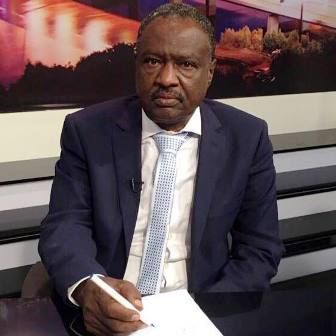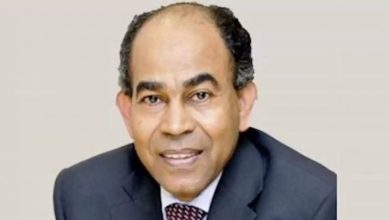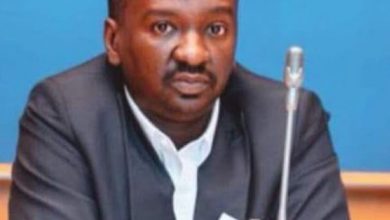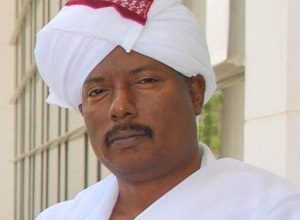The Army and Al-Nuhud

By Rashid Abdulrahim
I listened to a clip of the esteemed Dr. Al-Dardiri Mohamed Ahmed as he spoke with sorrow—sorrow that we all share—about the fall of the city of Al-Nuhud into the hands of the rebel militia of the Dagalo family.
Dr. Al-Dardiri recounted some of the rich history of the Hamar region and the city of Al-Nuhud. In his talk, he referred to widely known information about the rebels targeting the city several days prior to the attack. He noted that they entered the city through its strongest point: the military garrison. He called for clarifications as to how they managed to breach the most fortified area and why warnings about the buildup and betrayal were ignored.
Dr. Al-Dardiri also called for the city to be recaptured within days or weeks.
To my mind, this constitutes a form of public mobilization and creates significant pressure on the armed forces coming from an important public figure. Responding to such pressure would inevitably require the army to disclose its plans and movements.
The Armed Forces, as has been stated, succeeded in reclaiming all areas that had been occupied by the rebels—from the refinery in the north to Jabal Moya and Sennar in the south. This was not achieved in a matter of days, but over months, after plans and preparations had been completed.
In the final days of the May Regime, the General Command (note: the General Command) summoned a journalist and editor from a daily newspaper to question him about publishing news regarding a sergeant—not even a senior officer—celebrating the circumcision of his sons, not a battle. He was warned not to publish any news about the army or its personnel without the Armed Forces’ approval.
Today, however, news of the army’s movements, field operations, even plans and logistics, can be found all over the media.
Consider these headlines:
“General Command designates Al-Dabba as an advanced logistical hub.”
“The terrorist militia’s presence in Al-Khuwei and Al-Nuhud will not last; the wave will continue westward toward Burosh, Umm Kedada, and Al-Kuma, reaching El Fasher.”
“More importantly, Sudanese military intelligence has eyes inside the RSF itself—senior-ranking officers from tribes allied with the RSF are now supplying the army with detailed information, from photos to plans and movements.”
“The army knows where Abdel Rahim Dagalo sleeps, whom he meets, and what decisions and plans are made in those meetings. For every two RSF militia members, at least one is cooperating with the army.”
“And this is just the beginning. The next strike will be even more painful, and more precise.”
All these statements pass without scrutiny or restraint—even though they should be guided to reduce the risks they pose. Media platforms aligned with the army should support and stand by it, especially since the rebels cleverly exploit these leaks and the current state of fluidity to their advantage.
When the attack on Al-Nuhud began, its rebel commander “Al-Safana” posted a video showing his damaged combat vehicle and an apparent hand injury. He vaguely referred to it and expressed frustration over delayed reinforcements for his troops. The media swallowed the ruse, and comments soon followed celebrating his retreat and the militia’s defeat—only for us to be shocked when they took control of the city.
This reminded me of what the late Bishi used to do—posting clips of himself heading to one location while secretly going elsewhere. He did this before entering Jabal Moya, Sennar, and other areas.
Trusting the Armed Forces means supporting them with discretion and patience.
Al-Nuhud and Al-Khuwei will return tomorrow, God willing, despite the weight we’ve placed on the shoulders of our brave and capable soldiers and their wise, courageous leadership.
From Al-Muhaqqiq website



